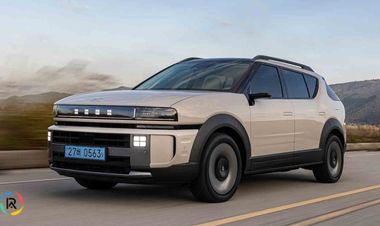New Delhi- Omega Seiki Mobility Private Limited (OSM)., has unveiled Swayamgati, the autonomous electric three-wheeler, marking a significant leap forward in India’s transportation sector. The vehicle is now available for bookings, with its commercial rollout beginning immediately.
Swayamgati boasts a battery range of up to 120 km on a single charge. The vehicle is powered by OSM’s electric platform and features an AI-driven autonomy stack that makes it capable of fully autonomous operation.
Equipped with advanced technology, including Lidar, GPS, AI-based obstacle detection (up to 6 meters), multi-sensor navigation, and remote safety controls, Swayamgati is designed to navigate in structured environments. This makes it ideal for use in airports, tech parks, smart campuses, industrial hubs, and urban areas.
Mr. Uday Narang, Founder and Chairman of OSM, said, “We believe the launch of Swayamgati represents more than just a product debut—it is a bold step toward shaping the future of mobility in India. Autonomous vehicles are no longer a distant dream but a present-day necessity, and with Swayamgati, we are proving that India doesn’t have to follow global trends we can lead them.”
Narang emphasized that the technology behind Swayamgati featuring AI, Lidar, and autonomous navigation—was developed in India and at a price point that ensures accessibility to a broader audience. “We’re creating technology that serves people, not just headlines,” he added.
Mr. Vivek Dhawan, Chief Strategy Officer at OSM, said, aiming to democratize autonomy and make intelligent mobility systems a part of everyday life. “Swayamgati lets us overcome traditional EV challenges and bring cutting-edge technology to the streets,” he said.
Swayamgati has already completed Phase 1 testing on a 3-km autonomous route with 7 stops, real-time obstacle detection, and safe passenger movement without human intervention. With validation complete, Phase 2 will focus on the commercial rollout in controlled environments.
Swayamgati is specifically designed for Indian conditions. It operates efficiently in high-density, low-speed traffic and diverse terrains, making it perfect for smart cities, industrial zones, and transport hubs. As a fully electric vehicle, it offers zero tailpipe emissions and low operational costs.







